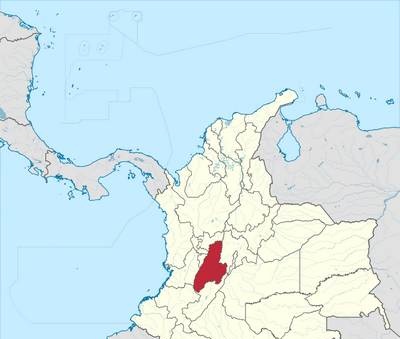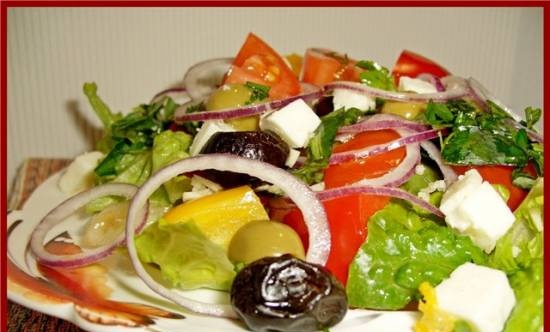|
 Zacatepequez is a small department of Central Guatemala with its capital in Antigua Guatemala, the former capital of the Guatemalan colony, and now developing all kinds of tourist destinations. Zacatepequez is a small department of Central Guatemala with its capital in Antigua Guatemala, the former capital of the Guatemalan colony, and now developing all kinds of tourist destinations.
The region is inhabited by indigenous Mayan communities, the Kakchikeli, whose main source of income, in addition to tourism, is agriculture.
The traditional kakchikeli cuisine was the result of a long process in which corn was the most important. With the passage of time and the accumulation of knowledge about nature and the social environment, eating has come to be seen not only as a daily act to sustain life, but also as an element of cultural and spiritual manifestation. Thus, the fruits grown by kakchikels and the food prepared from them were divided into three groups: for daily consumption, festive and ceremonial.
The region's agricultural system is called milpa, which means growing side by side in a single space of corn, legumes, pumpkins, sweet potatoes, cassava and chili, which are often sown with tomatoes, cucumbers and melons. The land of Zacatepequez is very fertile, in addition to vegetable crops, coffee, cocoa and various fruits are grown here, as well as farm animals. The most common local dishes include:
• Pepian - meat stewed in a spicy sauce containing tomatoes, toasted pumpkin seeds, sesame, chili and physalis. It has been known since pre-Hispanic times as a ceremonial food, and in the 16th century, with the advent of Christian missions, it became a public daily dish that uses meat ingredients of the Old World - beef, pork, poultry. Currently, pepian is recognized as one of the most emblematic national products and intangible cultural heritage of Guatemala.
• Pinol (pinol)which has also been declared an intangible national heritage. Its basic ingredients are pieces of homemade chicken and a sauce made with fried and ground corn kernels, tomatoes, physalis, onions and herbs.
• Haakon (jocon) - poultry meat in green sauce, served hot in a deep bowl. The original Indian name, hok-ohm, meant the combination of green food components - chili, physalis, unripe tomatoes, green onions and cilantro. Adapted recipes suggest using pork instead of chicken or turkey and serving the dish along with rice tamals.
 • Gallo en chicha, or rooster in beer, is a time consuming holiday dish meant for festivals and family events. Consists of whole rooster or chicken pieces marinated for two days with salt, pepper and corn chicha, then stewed in a special cinnamon sauce, carnation, onions, tomatoes, garlic and raisins. Served with rice, tortillas and tamals. • Gallo en chicha, or rooster in beer, is a time consuming holiday dish meant for festivals and family events. Consists of whole rooster or chicken pieces marinated for two days with salt, pepper and corn chicha, then stewed in a special cinnamon sauce, carnation, onions, tomatoes, garlic and raisins. Served with rice, tortillas and tamals.
• Churrasco – beef and grilled meat products for family events. Usually sauces are served with ready-made meat. guacamole from grated avocado, onion and garlic with spices and chirmol from tomatoes and onions. Churrasco is served as a side dish baked potato, stewed black beans, rice and corn, accompanied by unleavened cakes.
• Iguashte (iguashte) - vegetable stew, in which the most important ingredient is toasted squash seeds, giving the desired flavor. The dish includes tomatoes, onions, garlic, beans and green beans, and yucca blossoms as a condiment.
• Tamali (tamalitos) - culinary products of daily consumption, which are envelopes made from banana or corn leaves, filled with various fillings. Tamali have different names depending on the envelope shape and filling. For example, chuchitos are bags of corn dough and pieces of meat, and chipilin cooked with corn mass, lard, cheese and crotalaria leaves.
In rural communities, food is closely related to the cultural and ecological environment, so the inhabitants of the region cannot do without hunting, fishing, and gathering wild fruits. In addition, the traditional backyard of the kakchikel dwelling is always planted with herbs used as seasonings or as medicines - cilantro, parsley, basil, maria, oregano, onion, mint, radish and others.
Elena
|
 Zacatepequez is a small department of Central Guatemala with its capital in Antigua Guatemala, the former capital of the Guatemalan colony, and now developing all kinds of tourist destinations.
Zacatepequez is a small department of Central Guatemala with its capital in Antigua Guatemala, the former capital of the Guatemalan colony, and now developing all kinds of tourist destinations.









